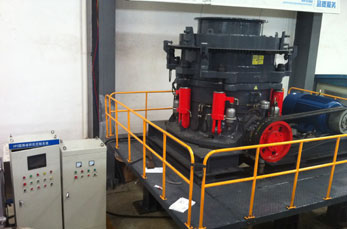Sizing a primary jaw crusher involves selecting the appropriate crusher dimensions and capacity to match the feed material characteristics and production requirements. Here are the key steps and considerations:
 1. Feed Material Characteristics
1. Feed Material Characteristics
– Maximum Feed Size (F80): The largest particle size entering the crusher (typically 80% passing size).
– Hardness & Abrasiveness: Affects wear and power requirements (e.g., granite vs. limestone).
– Bulk Density: Influences volumetric capacity.
– Moisture & Clay Content: Can cause clogging if excessive.
2. Crusher Dimensions & Capacity
– Gape (Feed Opening Width): Should be ~10–20% larger than the maximum feed size.
\[
\text{Gape} \geq 1.1 \times \text{Max Feed Size}
\]
– Closed Side Setting (CSS): Minimum discharge opening, determining product size.
\[
\text{CSS} = \frac{\text{Desired Product Size}}{1.6} \quad (\text{Rule of thumb for jaw crushers})
\]
– Throw (Eccentric Stroke): Affects crushing action and throughput.
– Capacity (TPH): Depends on:
\[
Q = \frac{Width \times CSS \times RPM \times Efficiency}{Constant}
\]
Where:
– \(Q\) = Throughput (tons/hour)
– \(Width\) = Gape dimension
– \(RPM\) = Crusher speed (~250–300 RPM for primary)
– \(Efficiency\) (~50–70% for hard rock)
 3. Power Requirement
3. Power Requirement
\[
P = C \times Q \quad (\text{C = Empirical constant, ~0.5–1.5 kWh/ton})
\]
For hard rocks, power demand increases.
4. Common Sizing Standards
| Feed Size (mm) | Jaw Crusher Size (Gape x Width) | Approx. Capacity (TPH) |
|—————-|——————————–|————————|
| < 500 | 30" x 42" (760 x 1070 mm) | 100–250 |
| < 700 | 36" x 48" (900 x 1200 mm) | 150–350 |
| < 900





Leave a Reply